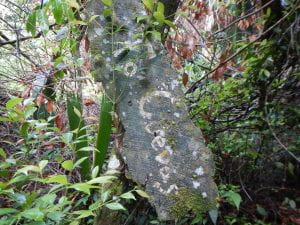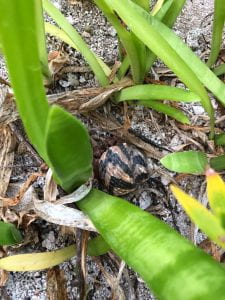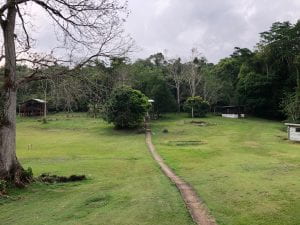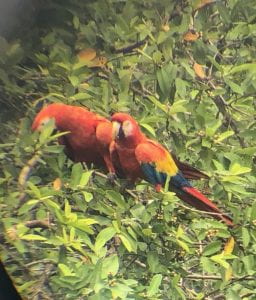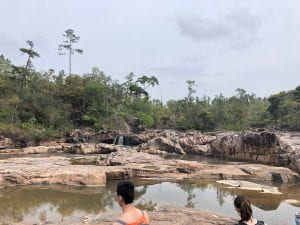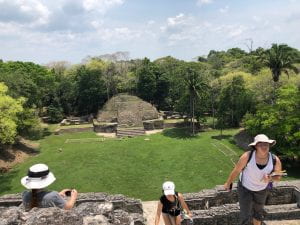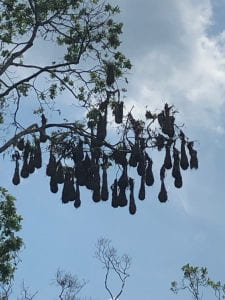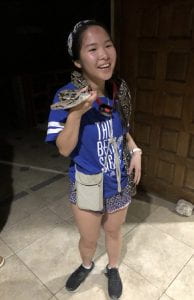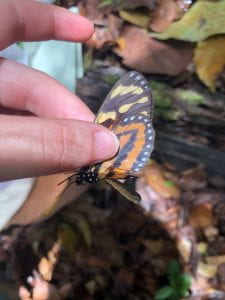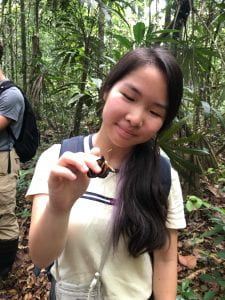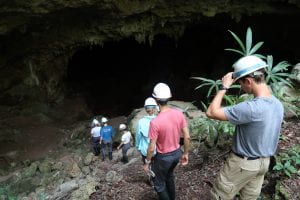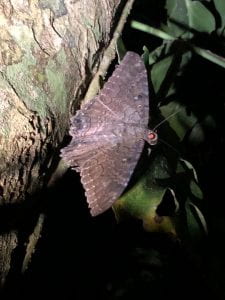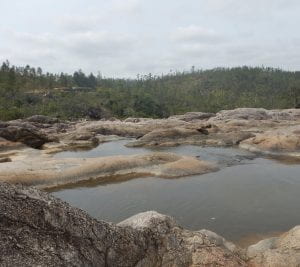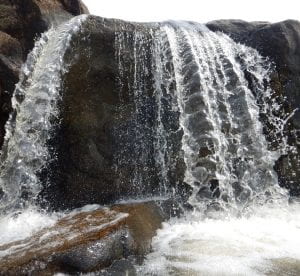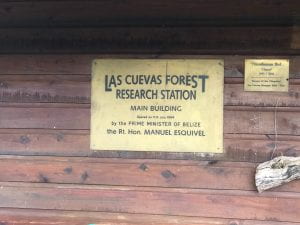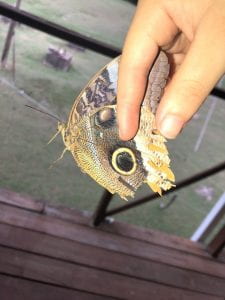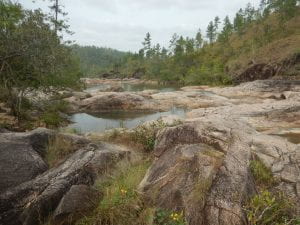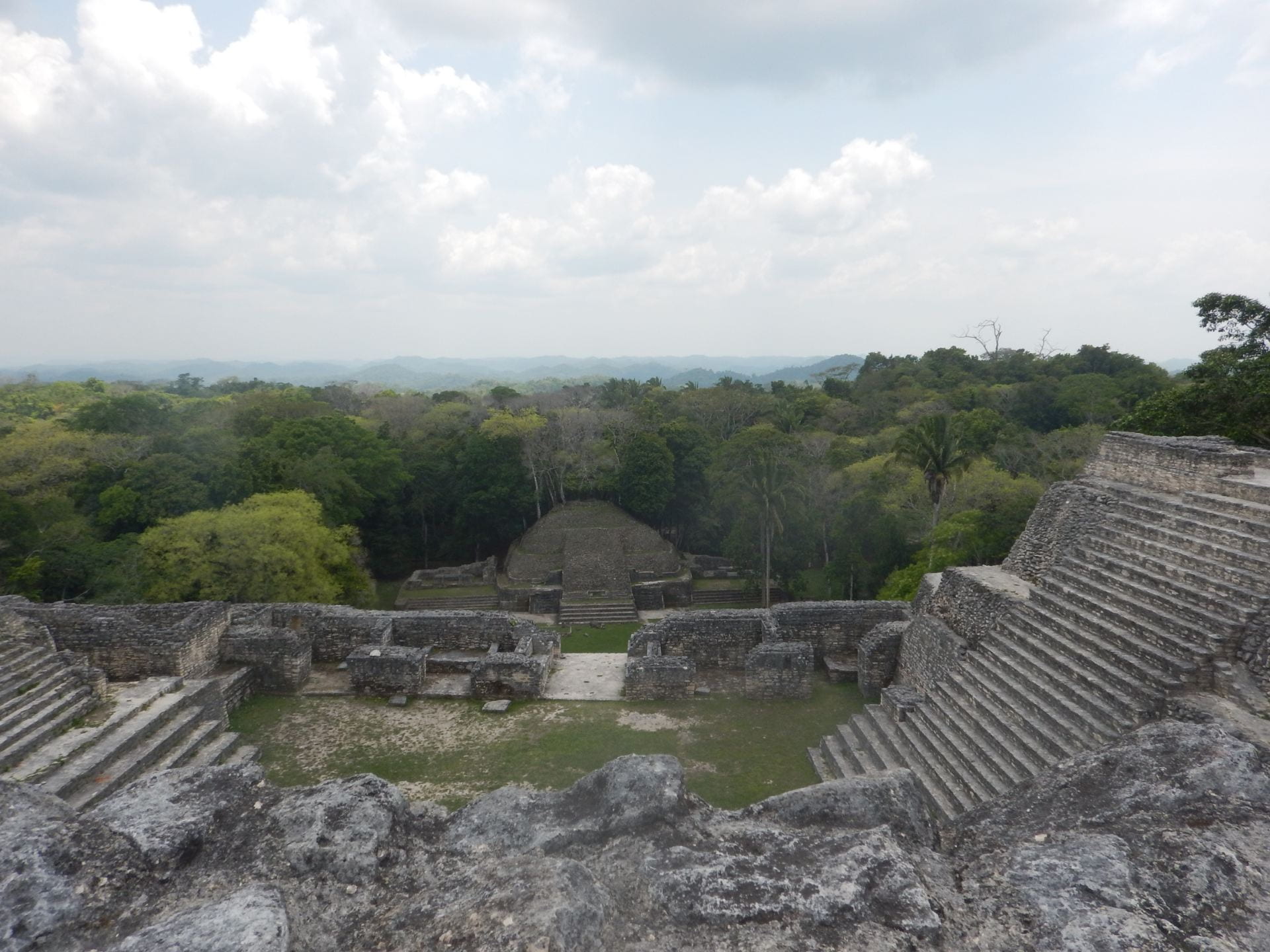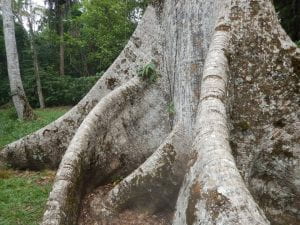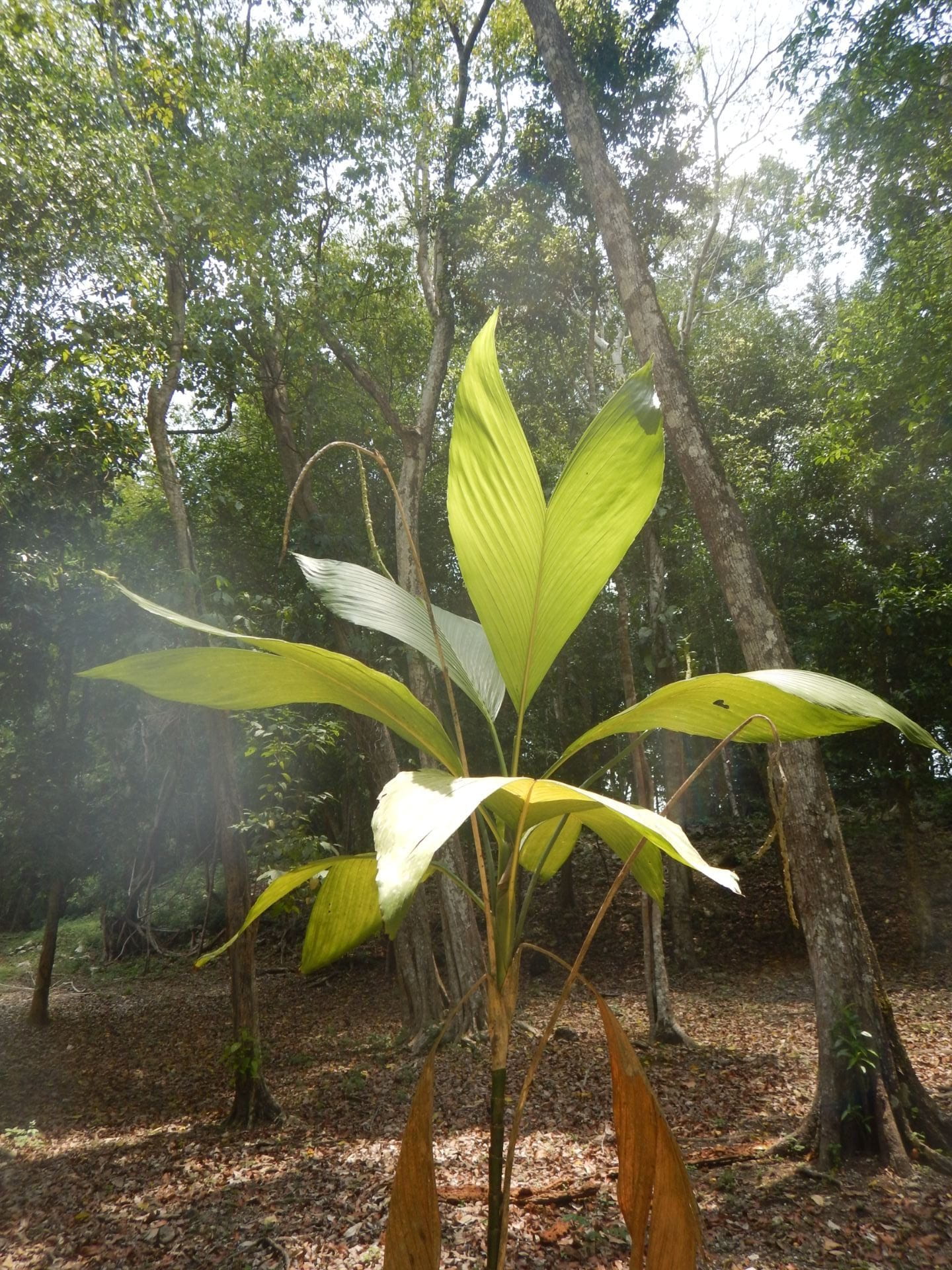This morning I woke up again for birding and we saw some familiar birds such as parrots and another Plumbeous Kite. I can now recognize the parrots’ calls which is fun. After breakfast and as we were about to head out into the jungle, two Scarlet Macaws flew near the research station! They landed in a tree close by and we were able to get some really good photos of them. They seemed to be playing at certain points and they even landed on the research station. We see them basically every day now which is crazy.
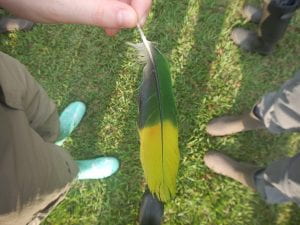
Today was all about our research project. We spent the morning out in the jungle retrieving the pitfall traps we placed yesterday and then we spent the afternoon quantifying and classifying our data. We caught a ton of ants, so Brendan (the ant expert) spent a long time sorting them. We found that our data supported our hypotheses- that the canopy was both more nitrogen limited and less species diverse. We compiled our data onto a poster and presented it for Amanda and Scott. It was a great experience!
While we were out in the jungle, we saw a bunch of really cool animal species. Soon after we set out, we spotted a Keel-Billed Toucan ridiculously close to us. We stopped and watched it for a while. Later, we even saw a MORELET’S TREE FROG!! They are a critically endangered species of treefrog and we spotted it on a Fishtail Palm while we could hear Scarlet Macaws in the background. It was overall an incredible moment. Kaela was really excited about it because she’s all about amphibians.
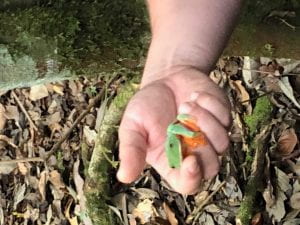
We haven’t been told what we’re doing tomorrow but I’m sure it’ll be interesting. Also, we only have two more days at Las Cuevas so we’re going to have to make the most of them!

